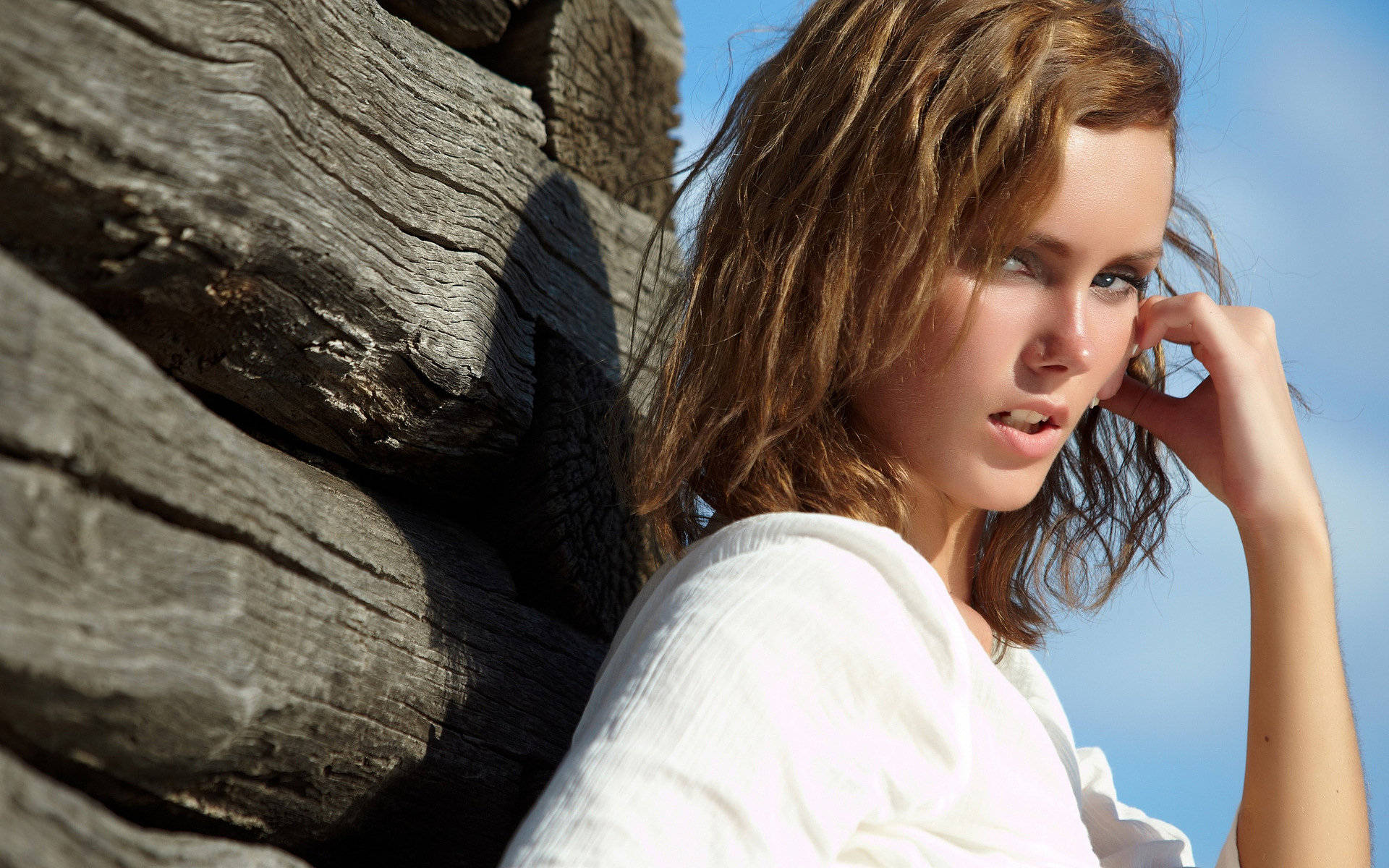Birch Actress: The Unsung Star Of Our Green Spaces
Have you ever wondered about the true stars of our natural world? So, when you hear "birch actress," your mind might first jump to a performer on screen, yet there's a different kind of star that truly shines in our landscapes. This remarkable tree, with its distinctive presence, really plays a leading role in many ecosystems, offering a visual spectacle that's quite captivating.
It's almost like a quiet performer, the birch tree, standing tall and graceful, truly commanding attention with its unique bark and elegant form. Its story, you know, is one of resilience and beauty, making it a natural fit for admiration, perhaps even a bit like a revered figure in the botanical world.
We're going to explore the fascinating attributes of this natural "birch actress," diving into what makes it so special. We will discover its many types, its role in nature, and why it's such a beloved feature in gardens everywhere. You might be surprised by just how much character this tree truly possesses.
Table of Contents
- The Birch Tree: A Pioneer Performer
- Distinctive Features of the Birch Actress
- Many Roles, Many Types of Birch Trees
- Growing Your Own Birch Star
- The Birch Actress in the Ecosystem
- Frequently Asked Questions About Birch Trees
The Birch Tree: A Pioneer Performer
Birches are, in a way, early tree species. They tend to become established in primary successions, which means they are some of the first trees to show up in new or disturbed areas. This ability to colonize, you know, makes them quite important in ecological recovery, basically setting the stage for other plants to grow.
This early arrival, however, can sometimes pose a challenge. Birches, especially their seedlings and saplings, can become a threat to heathland if they are not suppressed by grazing animals or periodic management. It’s a bit like a very enthusiastic young performer who needs some gentle guidance, you know, to ensure the whole show runs smoothly.
Their quick growth and adaptability allow them to thrive where other trees might struggle. This resilience is, frankly, one of the many reasons why the birch tree is such a celebrated member of our natural world. It really is a testament to nature's ability to bounce back, pretty much always finding a way to flourish.
Distinctive Features of the Birch Actress
The birch tree is quite well-known for its stunning, distinctive bark. It’s often white and papery, giving it a truly unique look that stands out, especially against a winter sky. This signature bark is, in fact, one of its most recognizable features, making it easy to spot in a forest or a garden.
This remarkable bark isn't just for show, though. It actually peels in thin layers, which is pretty fascinating to observe. The way it catches the light, you know, gives the tree a dynamic quality, almost as if it's changing its costume with the seasons. It’s a very elegant feature, definitely adding to its charm.
Beyond the bark, the birch actress displays delicate foliage and a graceful form. Its branches often have a somewhat weeping habit, creating a very appealing silhouette. This overall elegance, you see, makes it a popular choice for landscaping, as it brings a sense of calm beauty to any setting. It's truly a natural work of art, in a way.
Many Roles, Many Types of Birch Trees
A birch tree, it's worth noting, comes in many types. There are so many variations, each with its own subtle differences, making the study of them quite engaging. You can learn about some common species and where they thrive, which is pretty neat for anyone interested in botany or garden design.
Birch trees typically grow between 40 and 70 feet tall, but this can vary a bit depending on the specific type and growing conditions. Some, you know, might stay a little shorter, while others reach impressive heights, adding vertical interest to the landscape. It's quite a range, really, offering options for different spaces.
This guide will explore 18 distinct types of birch trees, providing detailed identification features. These features include things like leaf shapes and colors, which can be surprisingly varied. You’ll find, for instance, that some leaves are more rounded, while others are more pointed, and their colors can shift beautifully through the year.
We can compare birch tree types native to the US, for example. These include the river birch, which is pretty tolerant of wet feet, the paper birch, famous for its brilliant white bark, and the yellow birch, known for its shimmery, yellowish-bronze bark. Each one, you know, has its own unique charm and specific needs.
To help you, we’ll look at their unique identifying features, such as bark patterns and leaf shapes. Some barks might be smooth, others deeply furrowed, and the way they peel can differ too. These details, honestly, are what make identifying them such a rewarding activity for any tree enthusiast. It's like spotting different personalities in a cast.
Just a little more on this, the birch trees belong to the genus Betula in the Betulaceae family. They are elegant deciduous trees, meaning they shed their leaves each autumn. They are truly admired for their striking bark, delicate foliage, and graceful form, making them a very popular choice in many gardens, for sure.
Growing Your Own Birch Star
If you're thinking about bringing a birch actress to your own garden, you're in for a treat. This guide shares how to grow them along with 11 common types that are particularly good for landscaping. Planting them correctly, you know, sets them up for a long and healthy life, giving you years of enjoyment.
You’ll learn how to plant, care for, and use birch trees in your garden. This includes understanding their soil preferences, watering needs, and how much sunlight they prefer. For instance, many birches prefer moist, well-drained soil, and some like a bit of shade in hotter climates, which is something to consider.
Proper care, as a matter of fact, involves more than just planting. It includes things like pruning, which helps maintain their shape and health, and watching out for common pests or diseases. A well-cared-for birch, you know, really thrives and continues to be a stunning focal point in your outdoor space. You can learn more about birch trees on our site.
We’ll also show pictures of some of the different types, so you can see their beauty firsthand and choose the perfect one for your setting. Seeing the variations in bark color and texture, you know, really helps in making an informed decision. It's like picking the perfect star for your garden's stage.
The Birch Actress in the Ecosystem
Beyond their beauty, birch trees hold profound importance across ecosystems. They contribute to biodiversity, providing habitat and food for various wildlife. Their presence, you see, helps support a healthy balance in natural environments, which is pretty significant.
They play a role in soil health and nutrient cycling, too. Their root systems help stabilize soil, and their falling leaves add organic matter, enriching the ground. This makes them, in a way, quiet contributors to the overall health of the land, a very important part of nature's big picture.
Uncovering the essence of the birch tree means appreciating its distinct characteristics and natural prevalence. From its unique bark to its elegant form, every part of the birch tree tells a story of its enduring role in nature. It’s a tree that, honestly, leaves a lasting impression wherever it grows.
They are quite adaptable, able to grow in various climates and soil types, which contributes to their widespread presence. This adaptability is, frankly, another reason for their success as a species, allowing them to perform their ecological duties in many different settings. For more detailed information, you can check out a reputable botanical source, like The Morton Arboretum.
Frequently Asked Questions About Birch Trees
What makes the birch tree a star performer in the garden?
The birch tree really shines in gardens because of its stunning, distinctive bark, which is often white and papery. It also has delicate foliage and a graceful form, making it a very elegant addition. People appreciate its beauty year-round, especially in winter when its bark stands out, you know, like a true highlight.
How many types of birch trees are there to explore?
There are quite a few types of birch trees, with our guide exploring 18 distinct varieties. These types have unique identifying features, like different bark patterns and leaf shapes. For example, some common species include river birch, paper birch, and yellow birch, each with its own special look and growing preferences.
What is the birch tree's role in natural ecosystems?
Birch trees are pretty important in ecosystems, actually. They are early tree species that help establish themselves in new or disturbed areas, basically acting as pioneers. They also contribute to biodiversity, providing habitat and food for wildlife, and their presence helps support the overall health of the environment, which is very significant.
So, as we consider the many facets of the birch tree, it's clear why this particular species earns its metaphorical title. Its elegance, resilience, and vital ecological contributions, you know, truly set it apart. To learn more about how to care for these amazing trees, you can explore more tips here.

thora birch, actress, girl Wallpaper, HD Girls 4K Wallpapers, Images

‘American Beauty’ Actress Thora Birch Inks With Buchwald
![Thora Birch [Actress]](http://images.fanpop.com/images/image_uploads/Thora-Birch-thora-birch-233756_1280_1024.jpg)
Thora Birch [Actress]